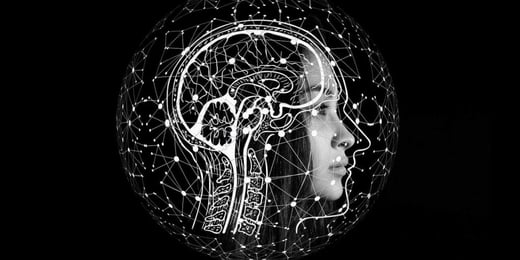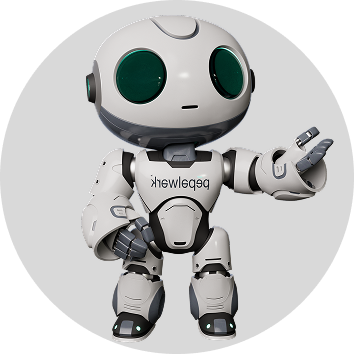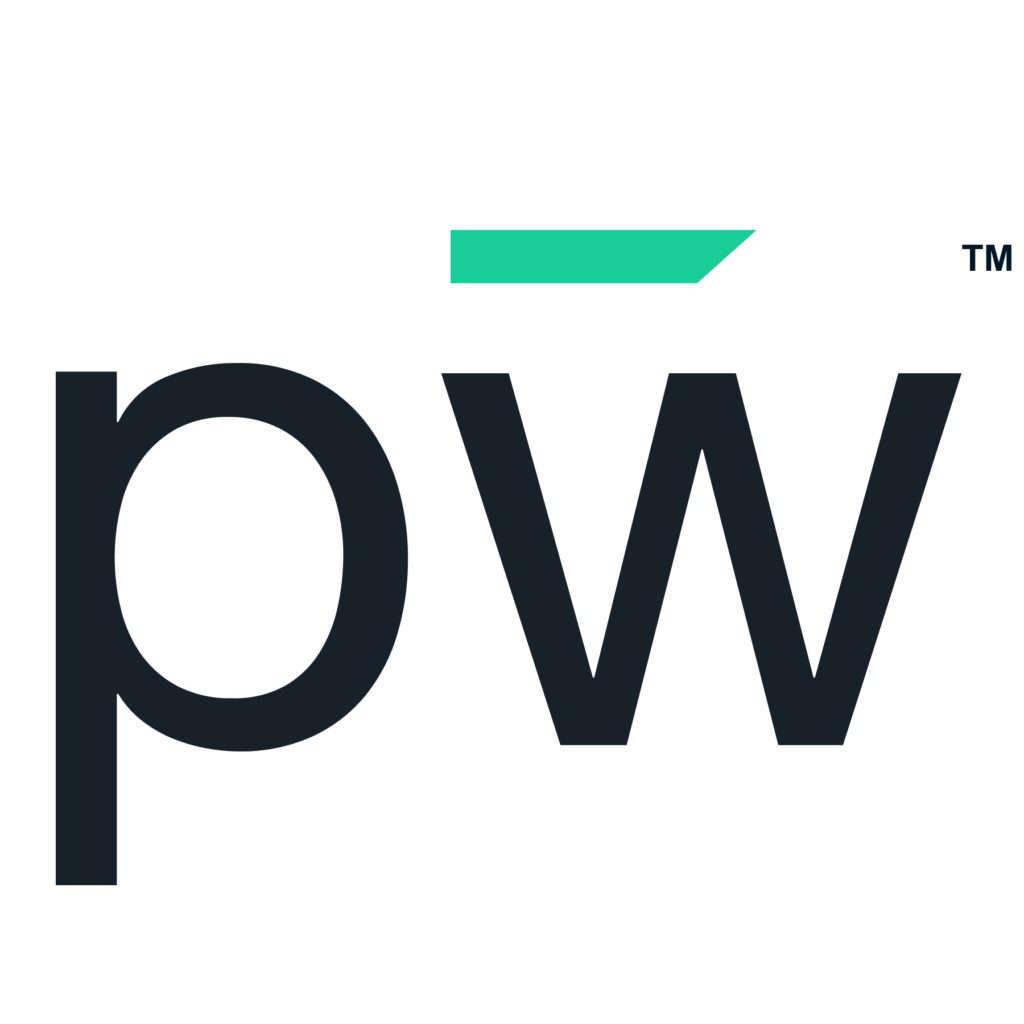There’s a lot of buzz around artificial intelligence (AI) and how to use it as a tool for automation and faster decision-making. This technology has a lot of promise for a variety of business processes, including hiring and recruiting.
Many applicant tracking systems and job boards currently use AI, but its application in these channels doesn’t always lead to better results for job seekers. The better approach is AI job-matching algorithms, which progress beyond resume and keyword matching.
How does AI job matching work, and how is it different from traditional resume matching?
How does AI resume job matching work?
The majority of AI use cases in hiring focus on resume matching. This is a narrow interpretation. It works by using machine learning models, which learn and recognize patterns, and training the models on vocabulary. The training involves real-world data, including resumes and job descriptions.
From these models, the next step includes mapping resumes to specific industries or jobs. This is based primarily on a set of keywords, so the outcome is an automatic ranking of resumes that fit these defined keywords. As a result, the process has limitations.
What are the limitations of AI resume job matching?
AI resume job-matching algorithms offer automation, which would seem to imply that the process is better. However, some constraints can impact its effectiveness. Here are some reasons the technology may not be great for candidates like you.
Training data comes from humans and may have an inherent bias.
Bias can come out in the process in a few ways. First, the algorithm may favor one demographic over another. For example, if a company’s historical data shows that a role has historically had more male applicants than female applicants, an algorithm will bring that bias into the process, favoring male candidates.
Another bias concern is that training data represents those currently doing the job, so the algorithm searches for keywords and similarities with those backgrounds. It would reject resumes that didn’t fit a very cookie-cutter profile.
Either type of bias can affect the diversity in the resumes it chooses as the best fit.
Resume-matching algorithms lack the human aspect.
Technology is really good at automation and efficiency. What it lacks is the cognitive and reasoning capabilities of human intelligence. These nuances limit a hiring manager’s exposure to a broader range of people, who are much more than the words on their resume.
Algorithms can only assess certain components of a candidate’s suitability.
Resume-matching algorithms are an excellent way to evaluate what’s on a resume, which includes skills and experience. But these algorithms can’t do much beyond the content it consumes, so they fall short of examining soft skills. For example, an algorithm cannot determine if a candidate has great communication skills, is a problem solver or is an excellent collaborator.
And today, soft skills are becoming just as critical as hard ones in the workplace. In fact, 61% of professionals said soft skills are just as important as hard skills.
Most organizations don’t have the data to train and deploy their own algorithms.
Another concern with resume-matching algorithms is that most companies don’t have a large enough data set to deploy them within their own platforms. It requires massive amounts of data to train models, lots of internal processes and expensive resources, such as data scientists.
Watch the video below for more context on AI in the hiring process.ers, you can benefit from a better option: AI job and skills matching in pepelwerk’s platform.
How does pepelwerk revolutionize AI jobs- and skills-matching algorithm usage?
pepelwerk’s software is different because it’s not based on resumes. As a job seeker on the platform, you never have to upload a resume. After all, resumes aren’t a complete picture of who you are and all your abilities and aptitudes. Instead, you’ll build your profile, which defines you as a three-dimensional person and focuses on skills matching.
AI job-matching algorithms match the most relevant candidates by comparing job profile attributes against the criteria established by employers in their job profiles. Here’s how it’s different from resume-based AI matching:
- It goes beyond exact matches of keywords to look for similar phrases.
- It connects skills lists in your profile to those required for the role.
- It involves combined data from human and technical data points.
With this more human approach to AI, you can benefit from technology rather than being rejected by it. More companies are shifting to this model for hiring. You can be an early adopter and match with jobs that will help you achieve your work-life goals. Even if you don’t have all the required skills, you can still be matched with employers based on your attitudes, abilities and aptitudes. An employer can discover your potential and define what specific skills you need to develop to get the job.
This is the kind of experience you can have with pepelwerk. A great way to get a glimpse of how it works is by attending one of our career-matching events. Start your pepelwerk journey by creating your talent profile.










